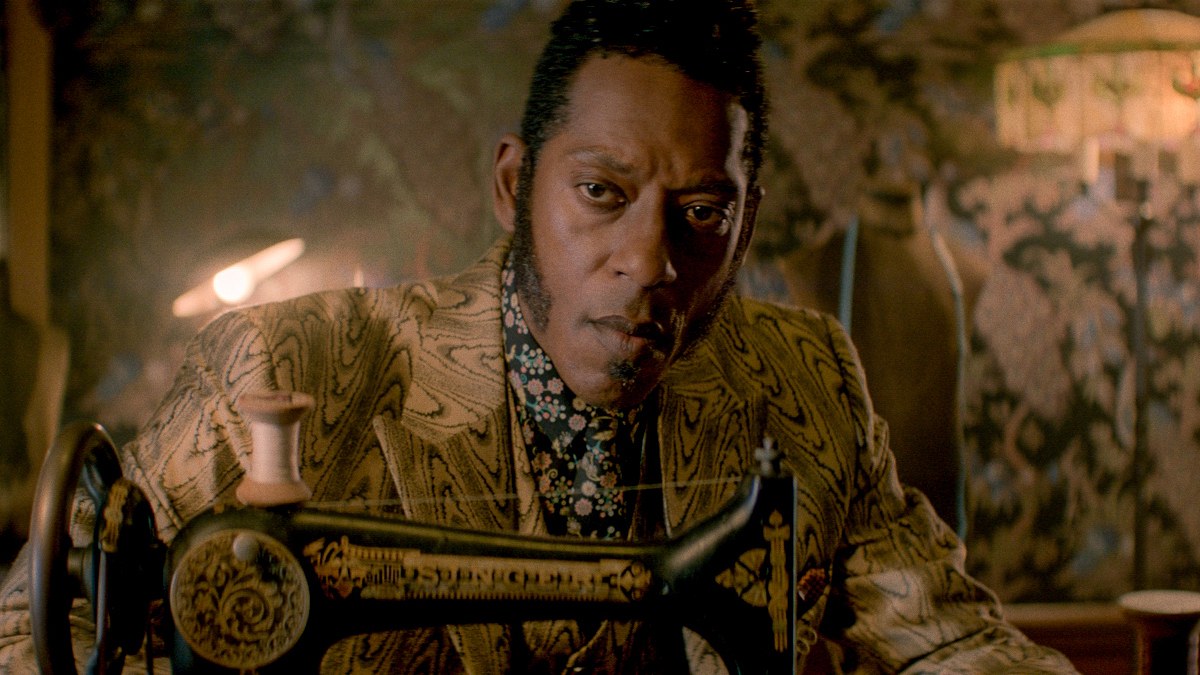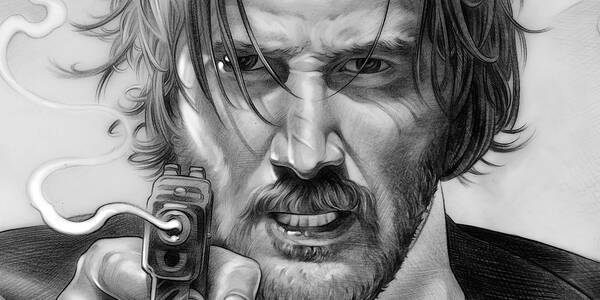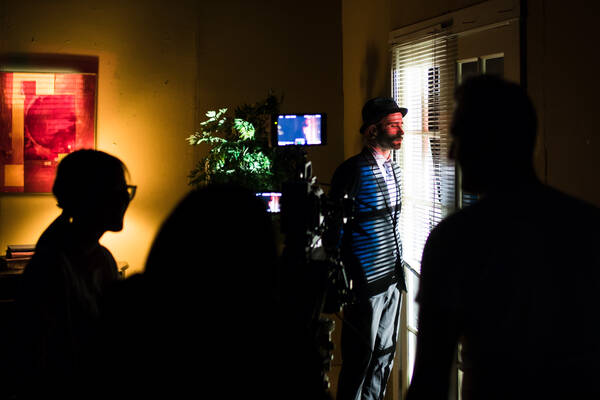American Gods production designer Patti Podesta on bone orchards, doors of heaven, and teaching at ArtCenter
She styled the Ambassador Hotel setting where Robert F. Kennedy was shot for bio-pic Bobby, designed CIA offices for Emmy-winning Homeland and most recently built a full-sized Viking ship in Toronto to flesh out fantastical cable TV series American Gods (the season 1 finale airs this Sunday, June 18 on Starz).
With her career in full-speed-ahead mode, why does production designer Patti Podesta take a break from show biz every year to teach at ArtCenter?
"I think of myself as a sculptor slash painter slash experimental filmmaker so I really like to engage in the kind of distorted kind of thinking you do when you're talking to students about objects and ideas," says Podesta, a longtime member of the Graduate Art Faculty. "These conversations really inform my thinking when I come back to production design, where I never want to make the expected move."
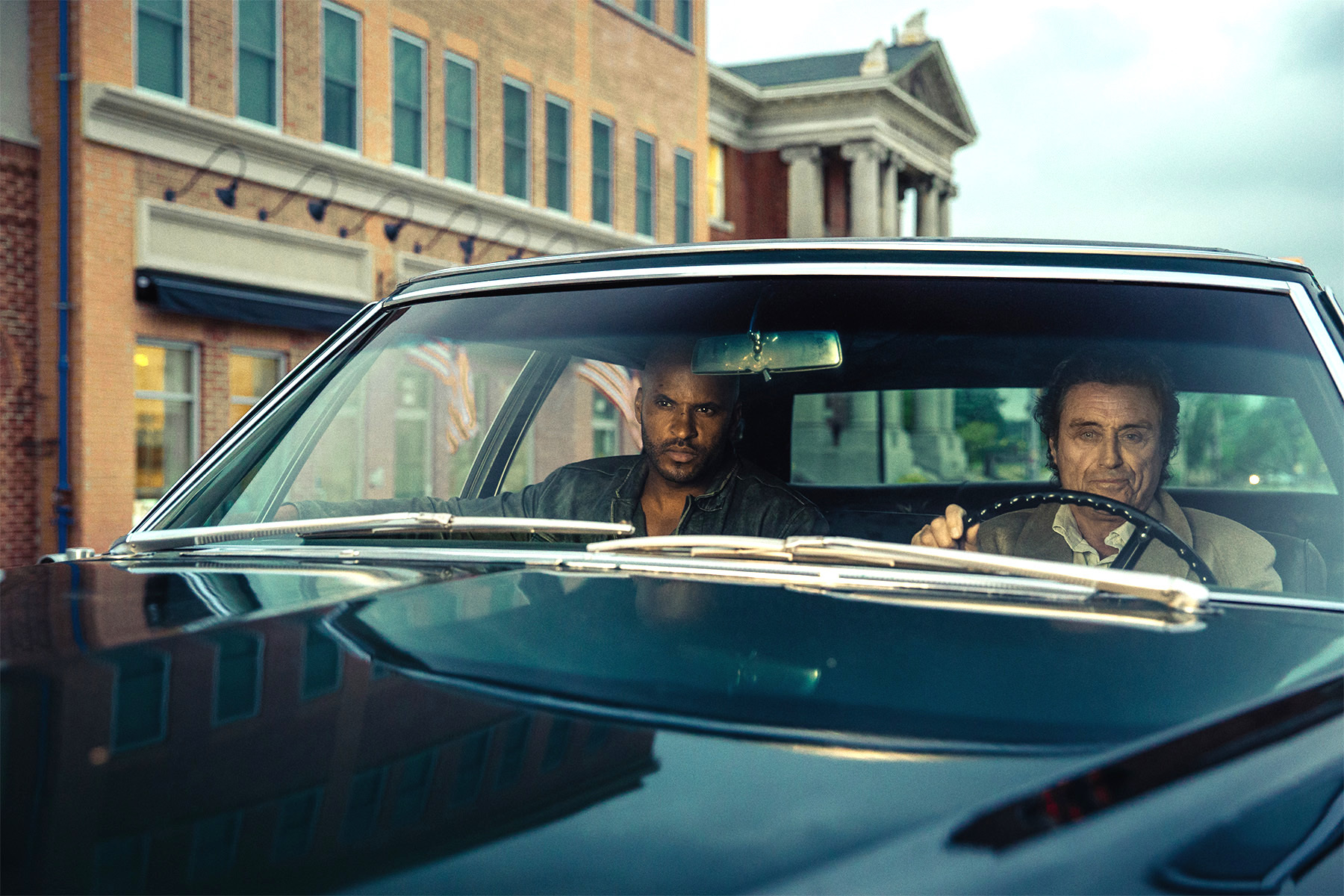
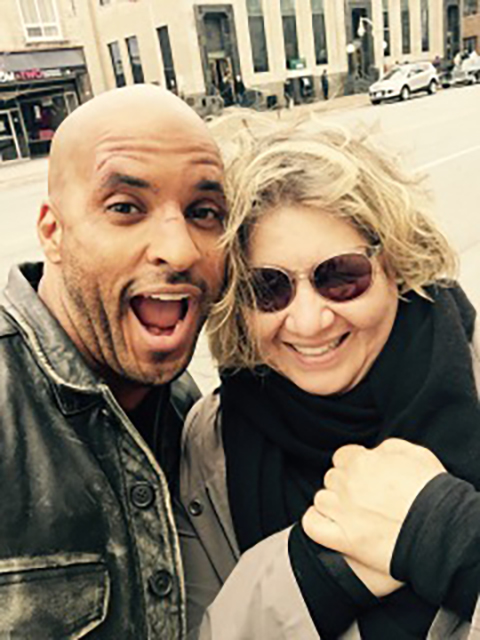
![]()
When you go back to the simplest, earliest ways of handling things in film—I call it the Charlie Chaplin version—it's often the best way.
Patti Podesta![]()
When you go back to the simplest, earliest ways of handling things in film—I call it the Charlie Chaplin version—it's often the best way.
Patti Podesta
The vitality of Podesta's unexpected moves can be seen in her elegant contributions to American Gods.
Based on Neil Gaiman's Hugo Award-winning 2001 novel, the show follows Norse god Odin, aka Mr. Wednesday (Ian McShane), trickster African folk hero Anansi aka Mr. Nancy (Orlando Jones) and other ancient deities as they travel incognito through contemporary America, opposed by upstart Technical Boy (Bruce Langley) and his super-powered cohort.
To organize the sprawling narrative, primary director David Slade identified three levels. "We organized the sequences as either reality, dream or fantasy," Podesta says. "That was David's idea and mine to carry out."
In one striking dream interlude, American Gods hero Shadow Moon (Ricky Whittle) gets lost in a terrifying "bone orchard" filled with spooky trees. For inspiration, Podesta looked no further than the freeways of Los Angeles.
"The smaller trees in the forest were based on photographs I took driving around Los Angeles," she explains. "Every time I'd see a bare, twisted trunk, I'd take a picture. Than we'd model them in the computer and correct the images a million times so we could see them three dimensionally."
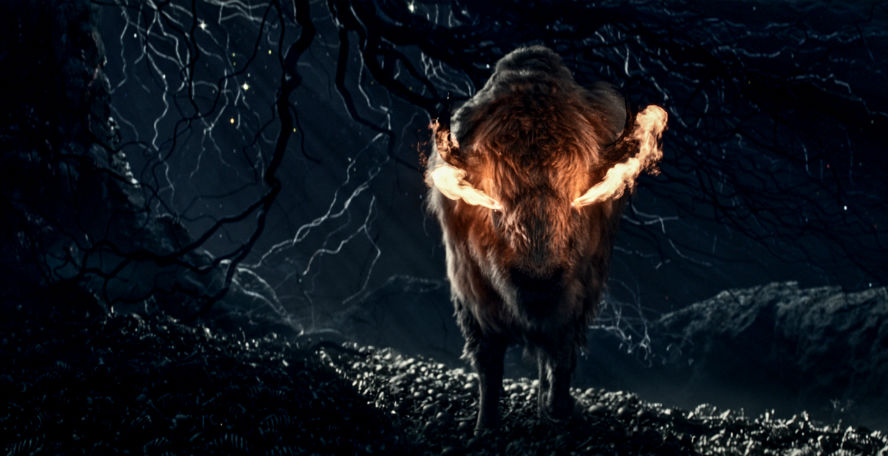
Filmmakers shot most of American Gods in Toronto, where Podesta supervised full-sized re-creations of a slave galley and Viking "great boat" for flashback sequences.
"When you go back to the simplest, earliest ways of handling things in film—I call it the Charlie Chaplin version—it's often the best way," she explains. "The 'Coming to America' scenes are historically accurate in regards to their settings, but what happens within them is hyper-real. And the reverse is true for the dream sequences: the way they're shot is quite real, but the geography and geometry of the spaces are distorted."
For a fantasy interlude set in Egyptian heaven, filmmakers trekked to the "Little Sahara" theme park in Oklahoma. There, Podesta designed gates informed by her expertise in Egyptian mythology.
"We built these doors to heaven on site, completed surrounded by sand. I'd spent a year working on this Fox series Hieroglyph that never wound up airing, so I had all this very particular research about ancient Egypt we used in designing those doors. That was the philosophy we stuck to for the entire show: Each 'Coming to America' sequence is really rooted in historical research."
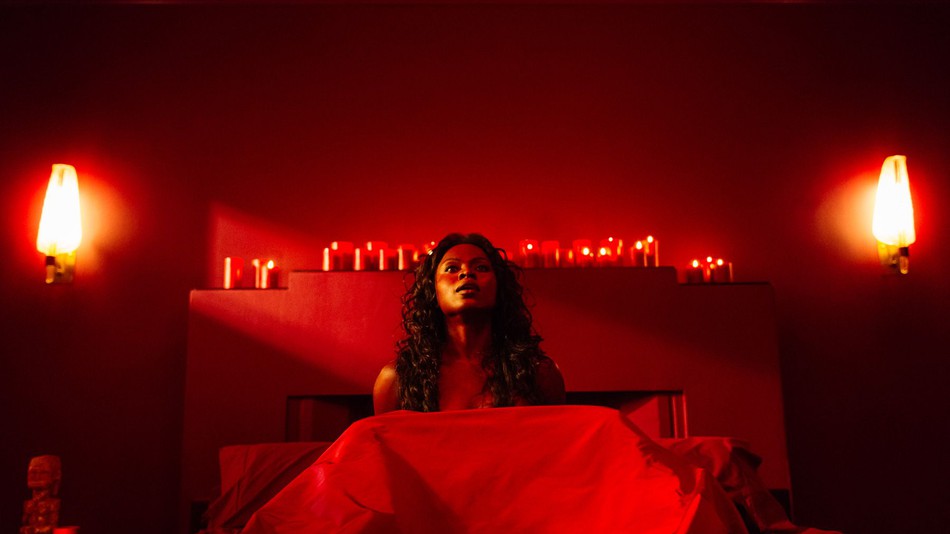
With American Gods up and running, Podesta has now turned her attention to the dystopia-on-a-train TNT cable series Snowpiercer.
Based on a French graphic novel and 2014 feature film from Korean director Joon-ho Bong, the show takes place on a perpetually moving "Snowpiercer" segregated into separate compartments for wealthy and impoverished passengers. Podesta says, "The Snowpiercer film was beautiful in the way it connected the design of the train with class struggle and this narrative arc, getting from the back of the train to the front of the train. For the TV series, it's about all the confusion in the middle, where despair can overtake you at any moment."
Podesta wanted to underscore the dichotomy between rich and poor so she devised a Snowpiercer color scheme informed by two cinematic masterpieces. "We're using Kurasawa's 1970 film Dodes'ka-den as a reference for the lower classes and Michelangelo Antonioni's 1964 bleak Red Desert for the upper classes," she explains. "It's a kind of retro future where we've got a lot of mixed eras going on."
As an exercise in world-building, Snowpiercer appeals to Podesta because the entire production is confined to a huge Vancouver soundstage. "Having all the sets on stage is exciting to me because the entire universe can really be defined by the design and the art department," Podesta laughs. "That's going to be really fun. Total control."
